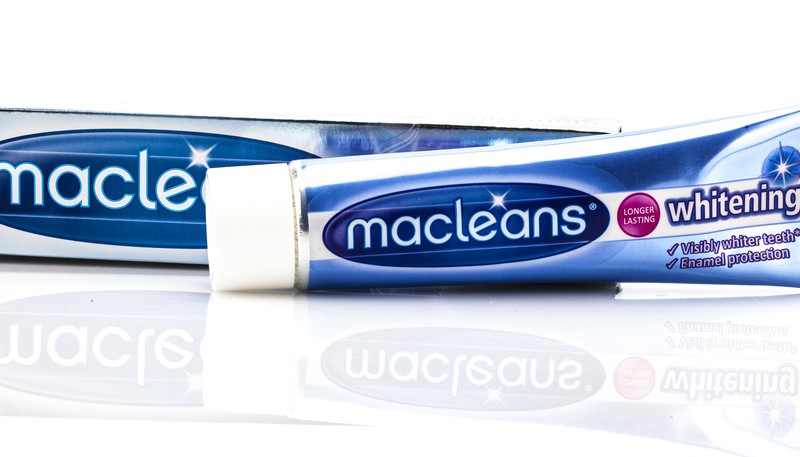GlaxoSmithKline sets out its stall

GlaxoSmithKline (GSK) has produced the following helpful, explanation of its pipeline of product development. Very simply, GSK has the potential to file up to 20 candidate medicines with regulators before 2020; seven of which are in advanced late-stage development, offering, if finally approved, potential market launches before 2020. That suggests potential for plenty of positive exciting news flow to move the currently depressed share price and market valuation of the shares upwards over the next few years.
In my recent gallop around GlaxoSmithKline I put the proposition that pharmaceutical shares as depressed as GSK tend to bounce up on good news.
And by golly, the company has just released some in the form of a recitation of forty candidate drugs in its pipeline, which the company believes will drive and sustain its financial progress out to 2020 and beyond; so my judgement about the low valuation of GlaxoSmithKline shares and the effect of good news is put to the test of a real life market response.
On 3rd November in New York, the company presented its marketing prose described as “a deep portfolio of innovation, focussed across six core areas of scientific research and development in seven therapy areas: HIV & Infectious diseases, Oncology, Immuno-Inflammation, Vaccines, Respiratory and Rare Diseases.”
In an abundance of apparent riches of potential medicines and vaccines, forty candidates were profiled, giving support to the Group’s prospects of growth in the period 2016-2020 and “the significant opportunity the Group has to create value beyond 2020.”
The objectives were described as follows:
- Targeting immune mechanisms that could alter the fundamental course of diseases, modifying disease progression and presenting opportunities to achieve remission and functional cures.
- Developing simplified treatment regimens and a new generation of long-acting medicines to provide long-term control and improve treatment outcomes for patients.
- Using next generation technology platforms to increase understanding of fundamental disease mechanisms, to develop new approaches to disease management and control.
In a catalogue of noteworthy research and development, the company figured the following for consideration by the New York audience and investors generally:
- Leading-edge molecules in the field of epigenetics and immuno-oncology for the treatment of cancer;
- The next generation of respiratory medicines beyond inhaled treatments;
- A portfolio of new antibodies for inflammatory diseases including rheumatoid arthritis, autoimmune diseases and osteoarthritis;
- New options for long-term control and prevention of HIV;
- Opportunities designed to cure or induce long-term remission in both Hepatitis B and C;
- Breakthrough cell and gene therapies for treatment of rare diseases;
- A novel maternal immunisation platform for vaccines.
For those contemplating investment in GSK shares now, the company itemised five late stage developments. These are the names which investors should watch for in company news releases:
Nucala (mepolizumab) for treatment of severe eosinophilic asthma; Shingrix (zoster), a candidate vaccine for the prevention of shingles; sirukumab for the treatment of rheumatoid arthritis; daprodustat for anaemia; cabotegravir for HIV; a candidate combination vaccine for the prevention of bacterial meningitis; and a new inhaled triple therapy for treatment of COPD.
By way of summary GSK has the potential to file up to 20 candidate medicines with regulators before 2020, seven of which are in advanced late-stage development (with the potential to launch before 2020).
The remainder are early stage developments, notably in the areas of oncology, immuno-inflammation and respiratory disease.
In 2016/2017 GSK has the potential to start phase II development of ~30 new molecular entities and product line extensions and to start phase III development of ~20 more.
Comments (0)